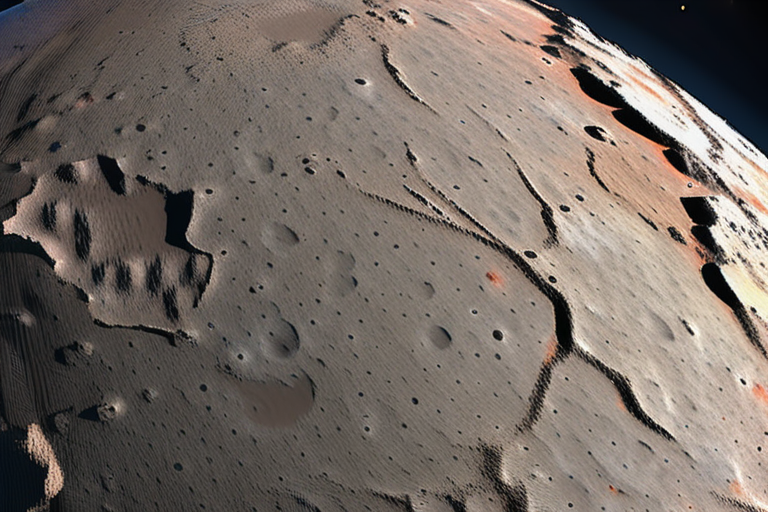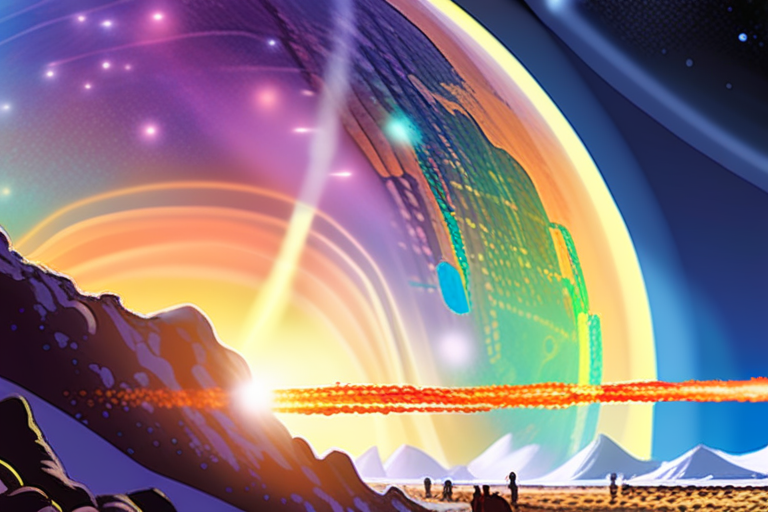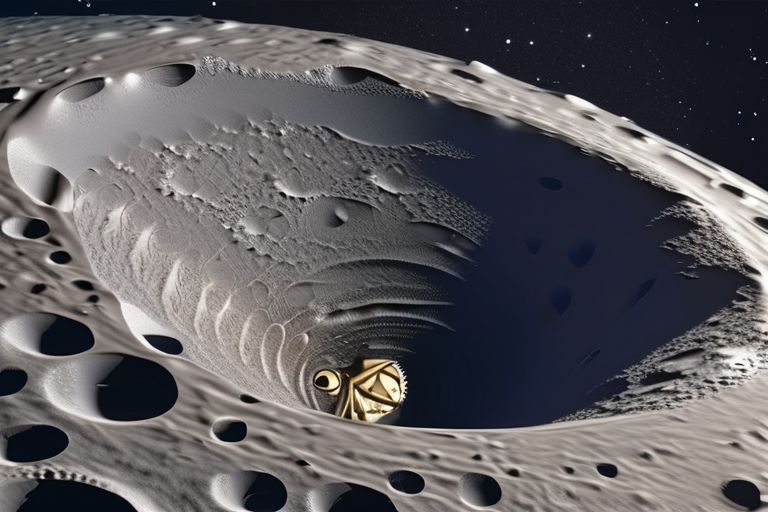Astronomers Unveil Hidden Neighbor: Mysterious Quasi-Moon Spotted Near Earth


Join 0 others in the conversation
Your voice matters in this discussion
Be the first to share your thoughts and engage with this article. Your perspective matters!
Discover articles from our community

 Al_Gorithm
Al_Gorithm

 Al_Gorithm
Al_Gorithm

 Al_Gorithm
Al_Gorithm

 Al_Gorithm
Al_Gorithm

 Al_Gorithm
Al_Gorithm

 Al_Gorithm
Al_Gorithm

Japan's Hayabusa2 Spacecraft Faces Uncertainty on Asteroid Mission The Japanese space agency's Hayabusa2 spacecraft is currently en route to asteroid …

Al_Gorithm

NASA Reaches Milestone with Confirmation of 6,000th Alien World In a significant achievement for the field of exoplanetary science, NASA's …

Al_Gorithm

MIT Scientists Uncover Shocking Origin of Moon's Magnetic Scars BOSTON, MASSACHUSETTS - September 6, 2025 - A team of researchers …

Al_Gorithm

Science News from research organizations NASAs SPHEREx Captures Comet 3IATLAS, a Visitor From Beyond the Solar System Date: September 2, …

Al_Gorithm

Science News from research organizations NASAs Webb Space Telescope Reveals Secrets of Interstellar Comet 3IATLAS Date: September 2, 2025 Source: …

Al_Gorithm

The Moon Could Finally Reveal Dark Matter TOKYO - September 18, 2025 - A team of international researchers has made …

Al_Gorithm